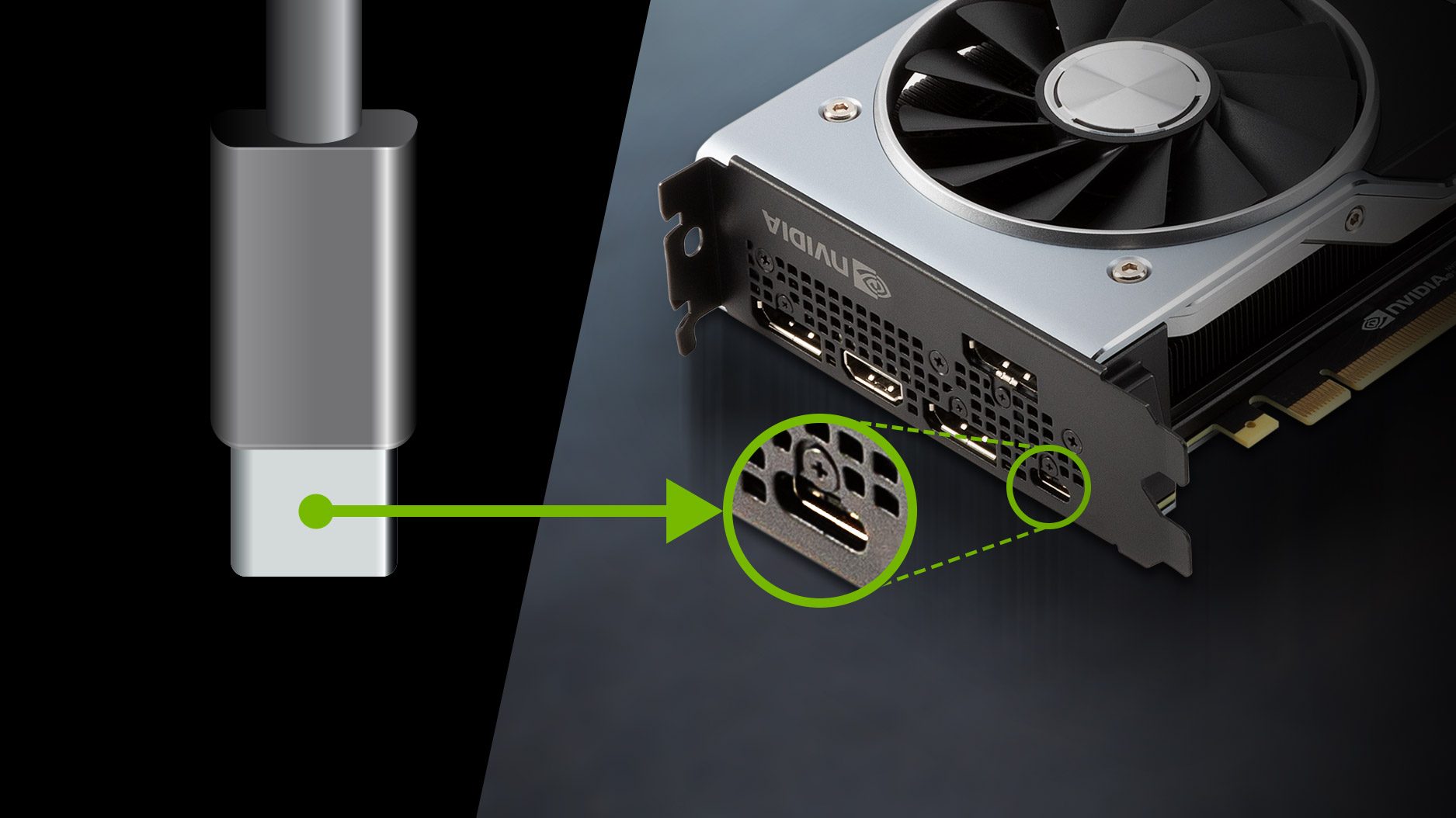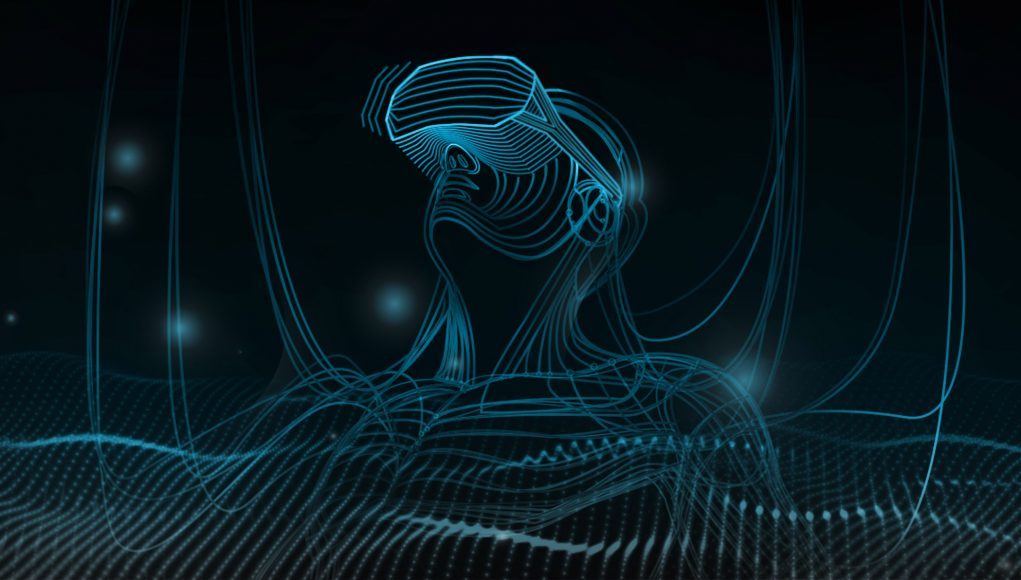The Video Electronics Standards Association (VESA) has officially released DisplayPort 2.0, representing the first major update to the audio/video standard since the entrance of DisplayPort 1.4 back in March 2016.
DisplayPort 2.0 is said to provide up to a 3× increase in data bandwidth performance compared to the previous version. Some of the features include support for greater-than-8K resolutions on standard monitors, higher refresh rates and high dynamic range (HDR) support at higher resolutions, improved support for multiple display configurations, and support for “4K-and-beyond” VR resolutions.
The association maintains in a press statement that the advantages of DP 2.0 will be available across both the native DP connector (backwards compatible) as well as the USB Type-C connector, which carries the DP audio/video signal through DisplayPort Alt Mode.

VESA mentions that through the DisplayPort Alt Mode, DP 2.0 has the ability to provide data transmission for two 4,096 × 4,096 VR/AR displays running at 120Hz—30 bits per pixel (bpp) and 4:4:4 HDR with Display Steam Compression.
VESA says the first products incorporating DP 2.0 are projected to appear on the market by late 2020.
The VirtualLink connector, a VR standard created by a consortium of industry players, was released last year, and includes everything you need to connect the next generation of VR headsets to your GPU with a single, thin cable—support for four lanes of HBR3 DisplayPort for high-resolution displays, USB 3.1 Gen2 (SuperSpeed USB 10Gbps) for headset cameras and sensors, and up to 27 Watts of power delivery.
NVIDIA’s GeForce RTX cards include hardware support for the VirtualLink connector, although it’s yet to become a universal feature on the newest headsets currently available, including Valve Index, Oculus Rift S, and the HTC Vive Cosmos. Adapter dongles are available, but we’ve yet to see a VR headset that directly makes use of the connector.
Since VirtualLink is based on DP 1.4, it’s possible we’ll hear about a commensurate ‘2.0 bump’ in ability soon from the consortium themselves; you might hazard a guess at what a VirtualLink 2.0 may provide from the DP 2.0 usecases stated by VESA below:
USB-C connector via DP Alt Mode (two lanes):
- Three 4K (3840×2160) displays @144Hz and 30 bpp 4:4:4 HDR (with DSC)
- Two 4Kx4K (4096×4096) displays (for AR/VR headsets) @120Hz and 30 bpp 4:4:4 HDR (with DSC)
- Three QHD (2560×1440) @120Hz and 24 bpp 4:4:4 (no compression)
- One 8K (7680×4320) display @30Hz and 30 bpp 4:4:4 HDR (no compression)
Single display resolutions
- One 16K (15360×8460) display @60Hz and 30 bpp 4:4:4 HDR (with DSC)
- One 10K (10240×4320) display @60Hz and 24 bpp 4:4:4 (no compression)
Dual display resolutions
- Two 8K (7680×4320) displays @120Hz and 30 bpp 4:4:4 HDR (with DSC)
- Two 4K (3840×2160) displays @144Hz and 24 bpp 4:4:4 (no compression)
Triple display resolutions
- Three 10K (10240×4320) displays @60Hz and 30 bpp 4:4:4 HDR (with DSC)
- Three 4K (3840×2160) displays @90Hz and 30 bpp 4:4:4 HDR (no compression)







